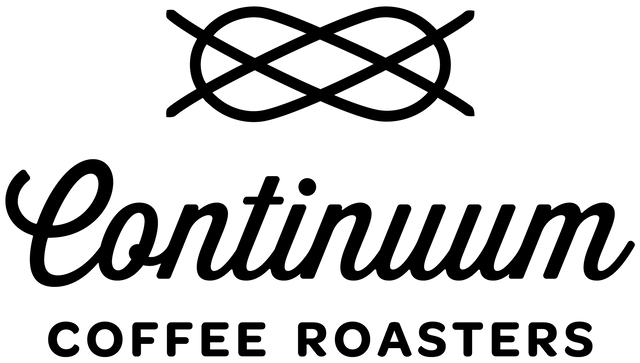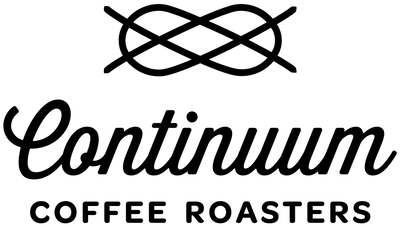S.T.A.R.T. Brewing Delicious Coffee - An Easy Guide for Perfecting Brewing Recipes
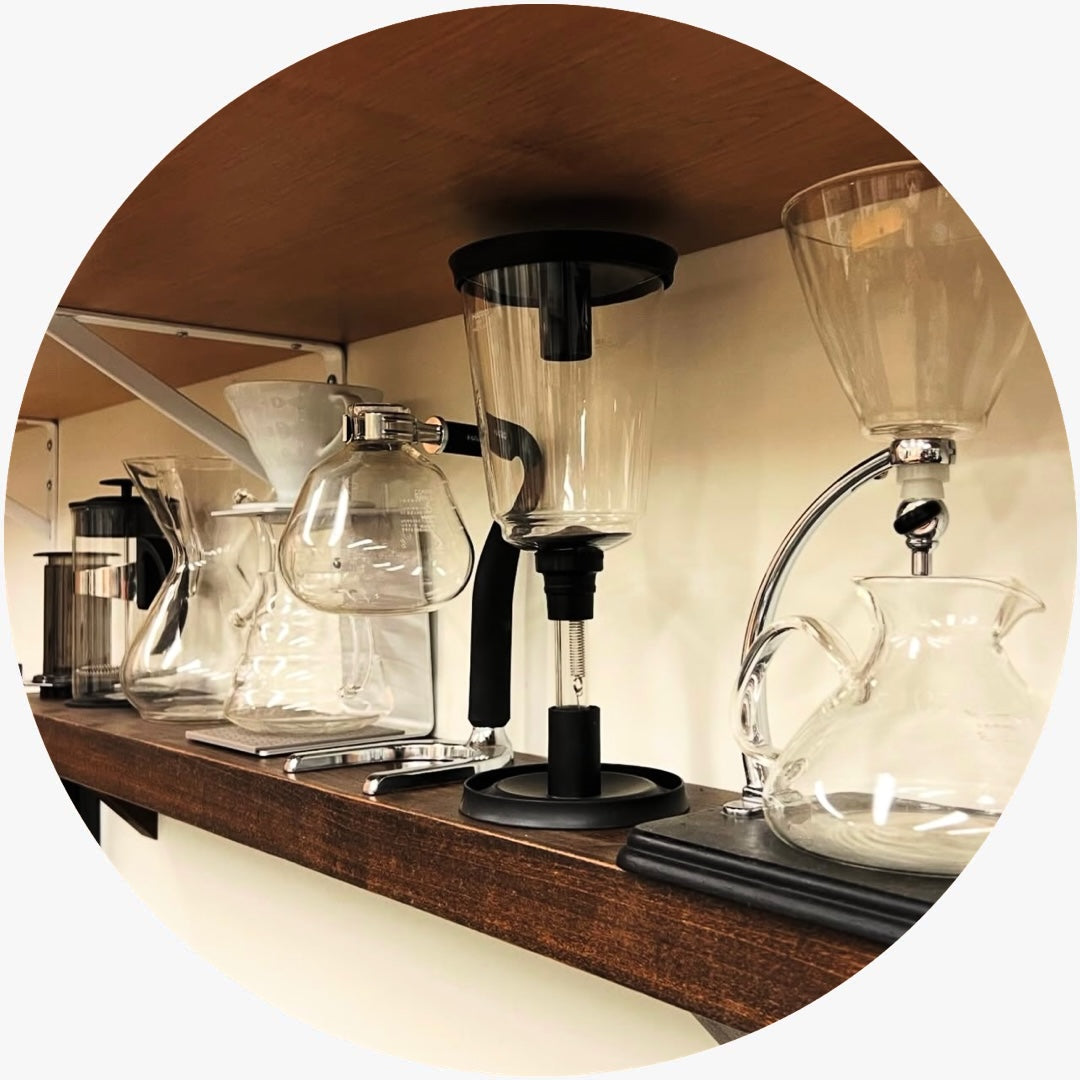
Making the transition from enjoying coffee at your favourite cafe to your kitchen can be exciting, but also a little daunting at first. What equipment do you need? What recipe should I use? Why doesn't my coffee taste like the coffee at the shop? While some may enjoy geeking out on YouTube watching endless videos and trying out different recipes, for others it can be a frustrating process and may even deter people from brewing coffee at home (which would be such a loss!). Despite what you may hear online, there is no perfect recipe and everyone's tastes are different. While this may make it challenging at first, once you learn what you like and how to achieve it, you will be able to tweak any recipe to prepare your perfect cup of coffee tailored exactly to your preferences, which is something you won't find in any cafe.
S.T.A.R.T. Brewing Delicious Coffee
Brewing coffee is all about extraction. Extraction is the process of dissolving soluble compounds from roasted coffee, and there are two ways this comes into play in the coffee we drink:
- Total Dissolved Solids (TDS) - The amount of soluble compounds you've extracted, measured as the percentage of compounds compared to water (e.g., 1.5 TDS means that 98.5% of the liquid is water, while 1.5% consists of dissolved compounds from roasted coffee)
- Extraction Percentage - The percentage of the roasted coffee that was dissolved during the brewing process (e.g., 20% extraction means that 20% of your original coffee mass was dissolved into your coffee)
When people refer to the strength of a coffee, they're usually referring to the TDS. So a really intense, "strong" tasting cup of coffee likely has a much higher amount of total dissolved solids than a coffee that is watery and "weak". While extraction is often referred to exactly that, with an over-extracted coffee tasting bitter and harsh, and an under-extracted coffee tasting sour and sharp.
I thought this was an easy guide, why are we talking about total dissolved solids and extraction percentages?
Good question! The reason we chose to bore (or excite?) you with TDS and extraction percentages is that if you understand how these things impact the flavour of your coffee and the variables you can use to manipulate them, then you can use these variables to adjust any recipe to your liking! To help make this easier to remember, we use the acronym S.T.A.R.T.
Surface Area
As you can imagine, the more surface area your coffee has, the more it is exposed to hot water during the brewing process and therefore the more extraction you have. Surface area is controlled by your grind size. Grind finer and you have a lot more surface area; grind coarser and you have a lot less. This is why espresso with its fine grind size can be brewed in such a short amount of time relative to other brewing processes.
Temperature
The hotter the water, the greater the extraction! In some cases, you may want that, in others, it may be the reverse. For example, cold brew uses low temperatures over a long period of time to slowly extract the soluble compounds from the coffee; try steeping coffee in hot water for the same amount of time and you'll have a very bitter harsh beverage that would be nearly undrinkable.
Agitation
If you've ever aggressively plunged a tea bag up and down in a mug of hot water to speed up your brew, then you understand agitation. By creating turbulence around coffee grinds, we can increase extraction. This typically occurs when we power hot water into a bed of coffee. Low, slow pours create less agitation, while high, fast pours create more.
Ratio
Ratio refers to the ratio of coffee to water. You'll typically see this at its lowest denomination (e.g., 1:16 refers to 1 grams of coffee for every 16 grams of water), so that it is easy to scale up. All other variables constant, ratio influences TDS (the larger the coffee mass, the larger the amount of soluble compounds) and can be helpful once you find a ratio you like, as you can also scale down (e.g., you want to make yourself a 12 oz coffee, you can start with 340 g of water and then divide that by 17 to get 20 g of coffee for a 1:17 ratio).
Time
Time is an interesting one, as it is often impacted by other variables such as surface area (i.e., finer grind = slower drip) and ratio (i.e., thicker bed of coffee = slower drip), but depending on your brew method, you can control for this (e.g., french press, aeropress). As one might expect, the greater the time, the greater the extraction.
Begin Your Journey
Now that you know how the above variables can impact extraction, you can play with them to adjust recipes to your liking. For example, we have brew guides for:
In all of these guides, you'll see some tips at the bottom that are referring to how the above variables can be used to adjust the recipe to your liking. The same goes for any recipes you find online. Too strong? Adjust the ratio to decrease the amount of coffee relative to water. Too bitter? Is your water too hot? Is your grind size too fine? Try manipulating these variables and through trial and error, find out what works best for each coffee.
One final tip would be to not try manipulating too many variables on too many different coffees at once. Each coffee is going to be a little different in terms of roast profile, flavour attributes, etc. So start with one coffee, and then start with one variable. For example, try brewing that coffee at a 1:15, 1:16, and 1:17 ratio, which do you like best? After that, play with surface area (grind size). Try using the exact same recipe, but adjust your grind size each time to find out what tastes the best. Once you've done the same for all of the above variables, you will have a very different coffee from the one you started with, and it will be perfectly customized to your tastes :) Enjoy!


